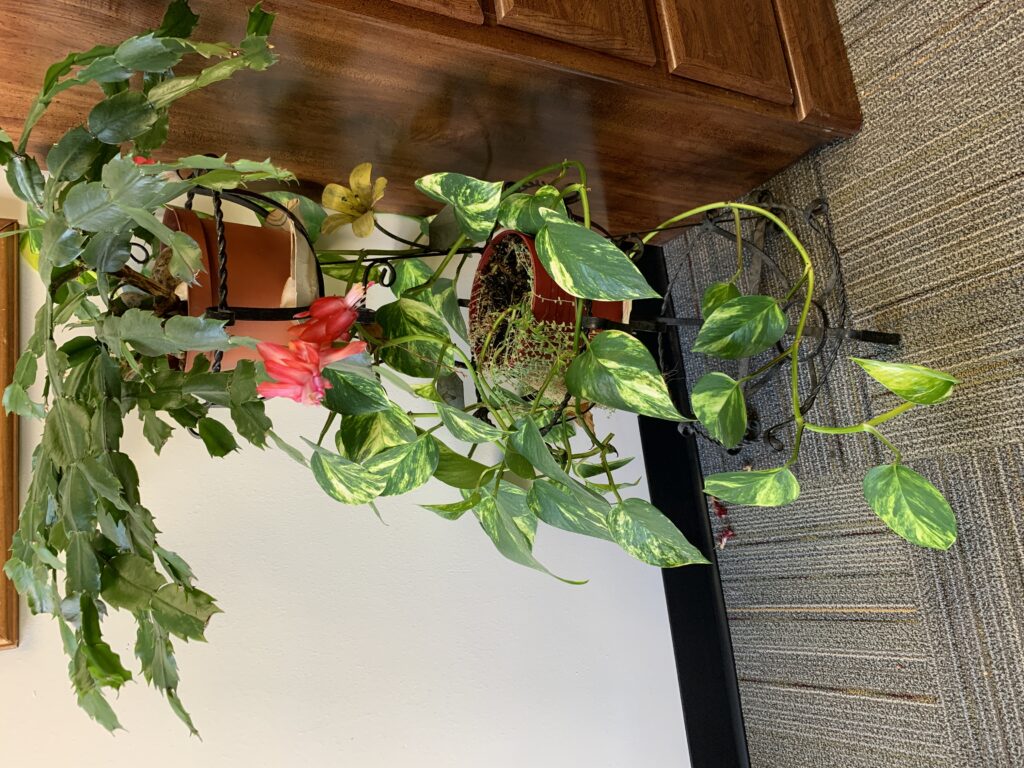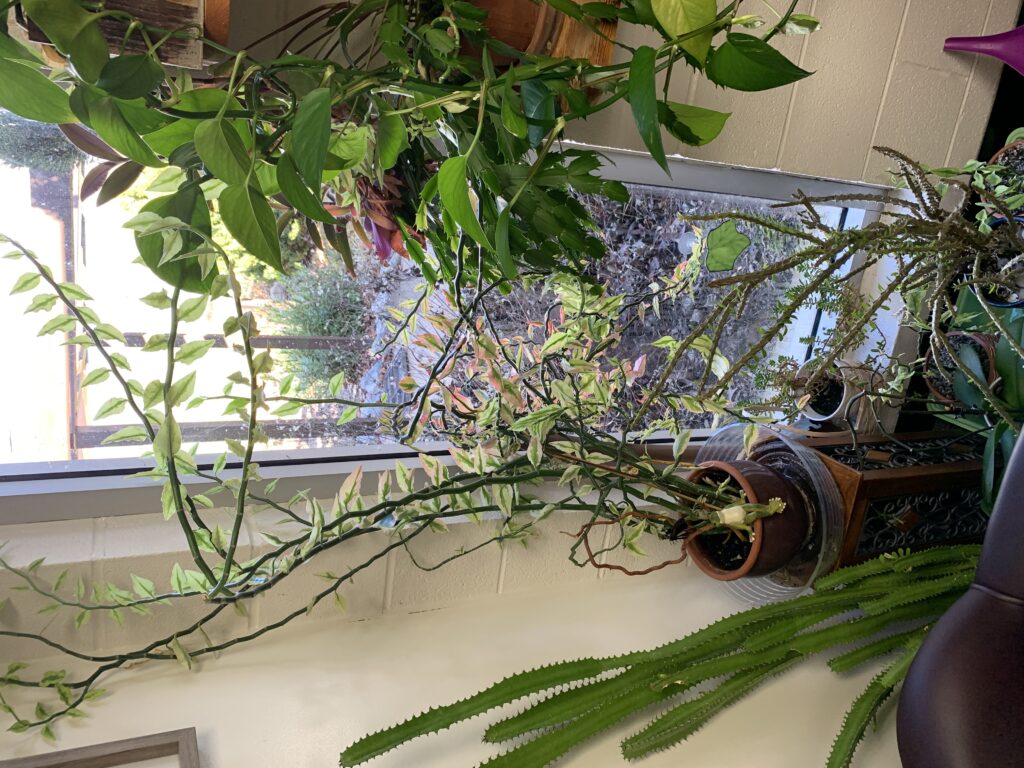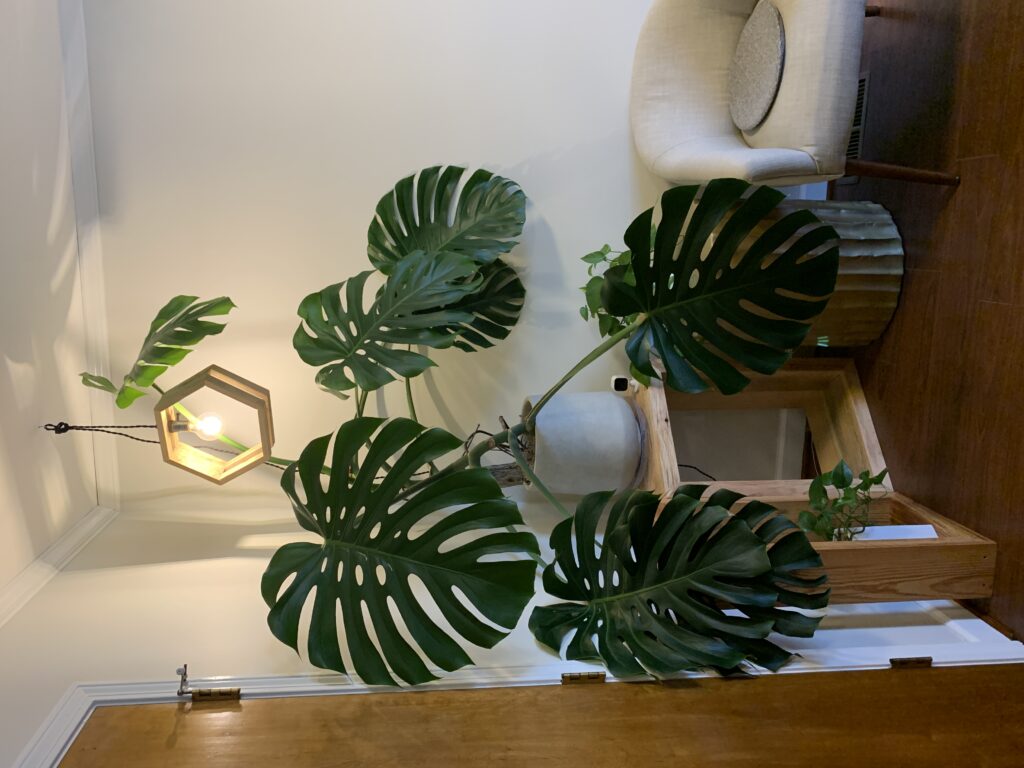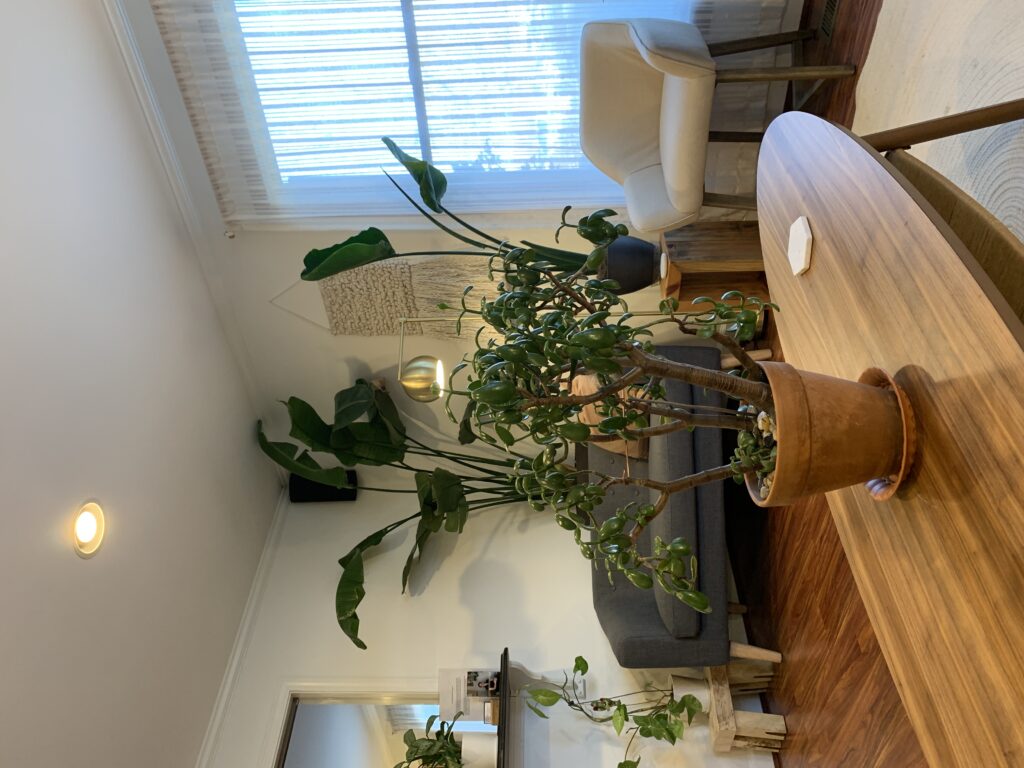Houseplants for Winter Gardening Indoors
go.ncsu.edu/readext?839972
en Español / em Português
El inglés es el idioma de control de esta página. En la medida en que haya algún conflicto entre la traducción al inglés y la traducción, el inglés prevalece.
Al hacer clic en el enlace de traducción se activa un servicio de traducción gratuito para convertir la página al español. Al igual que con cualquier traducción por Internet, la conversión no es sensible al contexto y puede que no traduzca el texto en su significado original. NC State Extension no garantiza la exactitud del texto traducido. Por favor, tenga en cuenta que algunas aplicaciones y/o servicios pueden no funcionar como se espera cuando se traducen.
Português
Inglês é o idioma de controle desta página. Na medida que haja algum conflito entre o texto original em Inglês e a tradução, o Inglês prevalece.
Ao clicar no link de tradução, um serviço gratuito de tradução será ativado para converter a página para o Português. Como em qualquer tradução pela internet, a conversão não é sensivel ao contexto e pode não ocorrer a tradução para o significado orginal. O serviço de Extensão da Carolina do Norte (NC State Extension) não garante a exatidão do texto traduzido. Por favor, observe que algumas funções ou serviços podem não funcionar como esperado após a tradução.
English
English is the controlling language of this page. To the extent there is any conflict between the English text and the translation, English controls.
Clicking on the translation link activates a free translation service to convert the page to Spanish. As with any Internet translation, the conversion is not context-sensitive and may not translate the text to its original meaning. NC State Extension does not guarantee the accuracy of the translated text. Please note that some applications and/or services may not function as expected when translated.
Collapse ▲Growing houseplants isa rewarding, sometimes addicting hobby. There are so many plants to choose from that sometimes it can be overwhelming. But, once you become a houseplant fan, you can become a real collector. So, here are a few tips to get you started on your houseplant journey.
- Pots and Baskets – houseplants can utilize many different types of planters including plastic pots, clay pots and hanging baskets.
- Lighting – Medium-light plants like the African violet, Boston fern do well indoors near a window. Low-light plants such as philodendrons or ‘parlor ivy’, Holiday cacti, Chinese evergreen, cast-iron plant, pothos, and peace lily thrive on very little natural light.
- Other indoor plants – these plants require varying degrees of light intensity – Forced bulbs (Amaryllis, daffodil), cacti and succulents, ochids, geraniums, wood sorrell/oxalis, citrus, asparagus fern, bromeliad, bonsai.
- Watering – Water your indoor plants when the soil is dry to the touch—it’ll be less often than you think.
- Salt build up – Salts from irrigation water can build up in potted soils. Calcium, sodium, magnesium and other minerals can reach toxic levels after years of irrigating. Soils should be regularly changed to prevent build up of soluble salts.
- Repotting – simply separate the root ball from the pot. Disturb the roots so a good portion of the old soil is removed. Add new soil.
- Pests – main pests are aphids, whiteflies, mealybugs and scale. Use insecticidal soap or a systemic .
- Bathing – wipe off leaves regularly to remove dust and hydrate the leaf cuticle.
- When you are away – be sure to water well before travel. Most houseplants can go days or even weeks. If you are going to be gone for an extended period, ask someone to care for your plants.
- Caring for poinsettias after the holidays – poinsettias are simply tropical plants. They like warmth, good soil moisture and adequate fertility. Poinsettias can be kept for years reaching heights of several feet.
- Inheriting plants/finding a good home –








